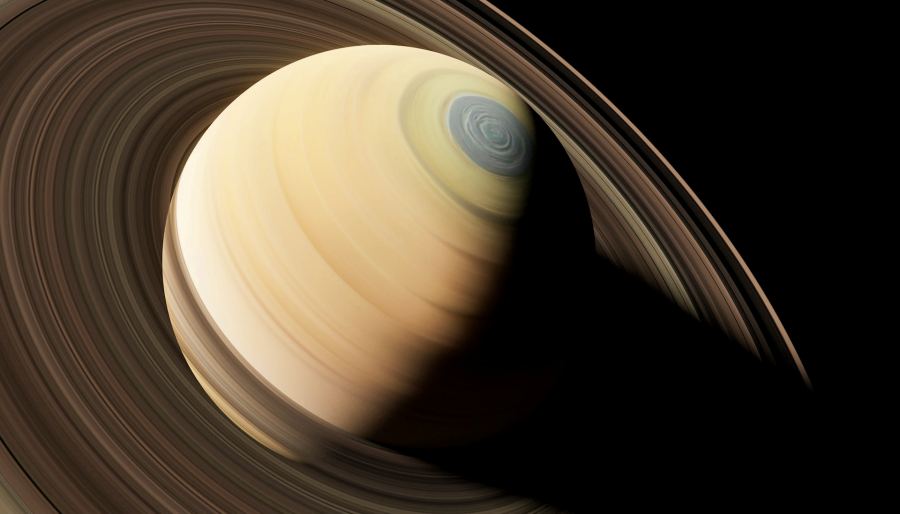Wed 10 May 2023:
The rings of Saturn are breathtaking. And because they may be seen with simple stargazing tools, astronomers even in medieval times were able to see them with the less-than-advanced technology of the day.
However, Saturn is more than just its rings. There are many satellites orbiting the most unusual planet in our solar system, one of which has long spurred interest in the quest for extraterrestrial life.
One of Saturn’s satellites, Enceladus, is distinctive in that it possesses an icy surface. According to physics, there is a very high likelihood of water underlying ice. And life exists everywhere there is water, at least according to our most basic scientific theories.
The space agency is planning to send a snake-like robot to check out surface of Enceladus.
The snake-robot has a long winding name. Exobiology Extant Life Surveyor (EELS). It is being developed by NASA’s Jet Propulsion Laboratory (JPL).
According to JPL , EELS is a “snake-like, self-propelled robot”. It is made of segments with “first-of-a-kind rotating propulsion units”. These will help it to grip surfaces and even move underwater.
This robotic snake is 16-foot long and weighs 220 pounds. At its head, EELS has machinery that’ll help it map Enceladus in 3D. It’ll send real time images. The body of EELS will have a payload that’ll enable scientists to measure the sub-surface pressure.
JPL is currently testing the robot. As per media reports, the robot underwent testing at Athabasca Glacier in Canada’s Jasper National Park.
“We are early in the project, but it is achievable in our lifetime,” EELS Deputy Project Manager Rachel Etheredge said last year, as quoted by CBS News. “…It’s an ambitious collaboration, and we’re motived by the shared excitement we have for this concept, and the potential science we could gather with EELS.”
“The EELS system is a mobile instrument platform conceived to explore internal terrain structures, assess habitability and ultimately search for evidence of life,” NASA says of its development. “It is designed to be adaptable to traverse ocean-world-inspired terrain, fluidised media, enclosed labyrinthian environments and liquids.”
NEWS AGENCIES
______________________________________________________________
FOLLOW INDEPENDENT PRESS:
TWITTER (CLICK HERE)
https://twitter.com/IpIndependent
FACEBOOK (CLICK HERE)
https://web.facebook.com/ipindependent
Think your friends would be interested? Share this story!





